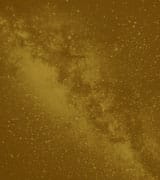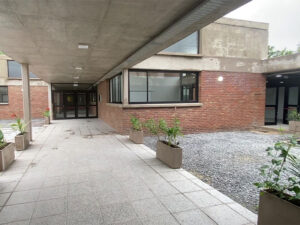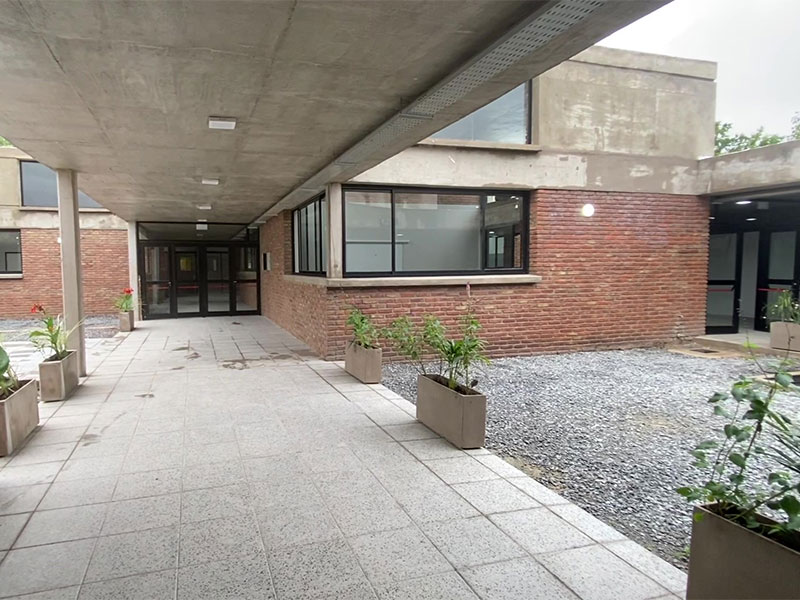Astronomical ephemeris – May, 2021
Astronomical ephemeris – May, 2021


Five, among the various astronomical events that can be observed with the naked eye in this month of May, both in the southern hemisphere and in the northern hemisphere, deserve special attention, and even a reflection. They are …
Moon phases as seen in the northern hemisphere

May 3 – Last Quarter
May 11 – New Moon
May 19 – First Quarter
May 26 – Full Moon
May 4 and 31
Triple conjunction between the Moon, Jupiter and Saturn
Our satellite, the Moon, the planet Jupiter and the planet Saturn will be staging a kind of celestial dance this May.
On the 4th, they will come together to the point of forming a triple conjunction, that is, they will be seen by us, here on Earth, very close to each other in the night sky.
In the following days, they will move away and close, but without getting close enough to characterize a conjunction until on the 31st they will become close enough to form a triple conjunction again.
To observe them, look towards the eastern horizon, in the direction of the constellation Capricorn – from 1:30 am (Brasilia -3UTC), on May 4, and from 0:15 am (Brasilia -3 UTC), on May 31.
Visible around the world.
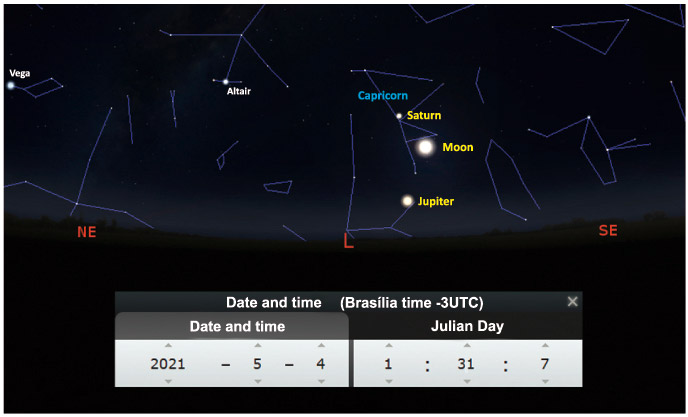
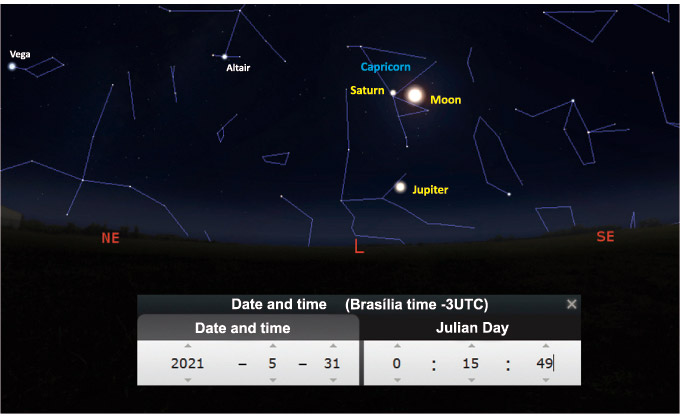
May 5
Eta Aquariids Meteor Shower
One of the two meteor showers created by the debris left behind by Halley’s comet entering into the Earth’s atmosphere is Eta Aquariids.
Active from April 19 to May 28, it will have a stronger shower in the southern tropics, with an average rate of 50 meteors per hour at its maximum activity, expected May 5, and a little less intense in the northern tropics, where the average rate during the peak period will be 10 to 30 meteors per hour.
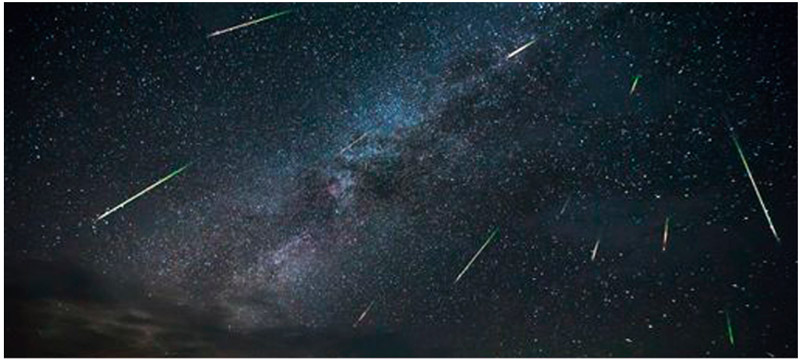
Named for the brightest star in the Aquarius constellation, Eta Aquarii, it is the point of origin (its radiant) of its fast meteors – as they travel at about 67 km/s – and of persistent trails. Eta Aquarii will be easier to observe due to the fact that the Moon is only 38% full, since it is on the third day of the waning phase, which leaves the night sky with less light.
What is best to enjoy it is to be in a place with little light pollution, and fix your eyes on the eastern horizon between 2 am and 5 am (Brasília time -3UTC), on May 5, in the direction of the constellation Aquarius.
Of course, it may be observed on other days before or after that date, but on the 5th it will be in its splendor.
Visible around the world.
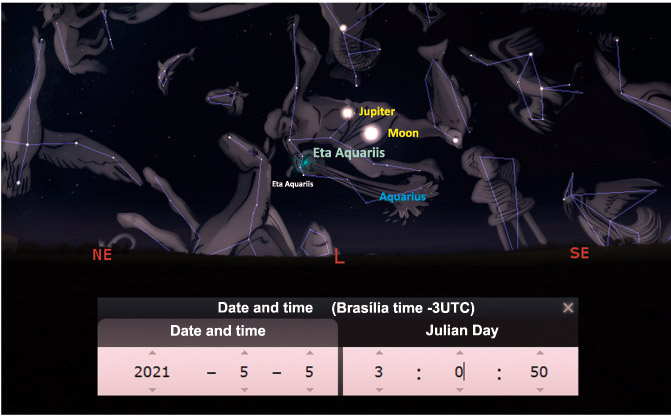
May 16
Conjunction between the Moon and Mars
Now it is time for the Moon and Mars to appear very close to each other in the cosmos (in conjunction) for those of us who are watching here on Earth. It is always significant to face the reality that the observation angle defines the phenomenon.
Observable conjunction in the direction of the constellation of Gemini, on the northwest horizon, between 6 pm and 7:15 pm (Brasília time -3UTC).
Visible around the world.
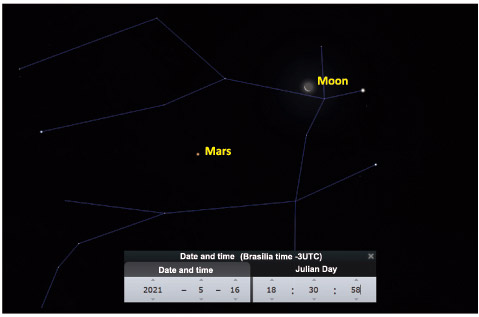
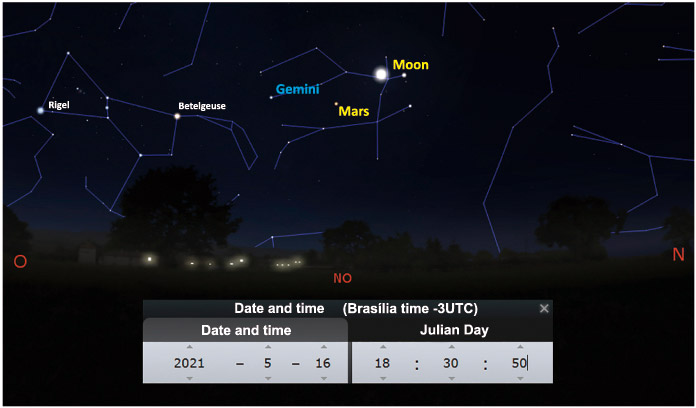
May 17
Maximum Elongation of Mercury
The small planet Mercury, which has the closest orbit to the Sun and therefore its brightness is lost in the brightness of the solar disk, will have its longest appearance in the night sky in 2021 on May 17, when it will reach its maximum angular distance in relation to the Sun – 22º to the east, that is, when it will be at maximum elongation, a very favorable time for its observation.
At that time, its surface will be about 47% illuminated, and its brightness will be magnitude 0.3.
To observe it, look at the bottom of the sky, about 14º above the horizon line, in the west / northwest direction, after sunset, around 6pm (Brasília time -3UTC).
Visible around the world.
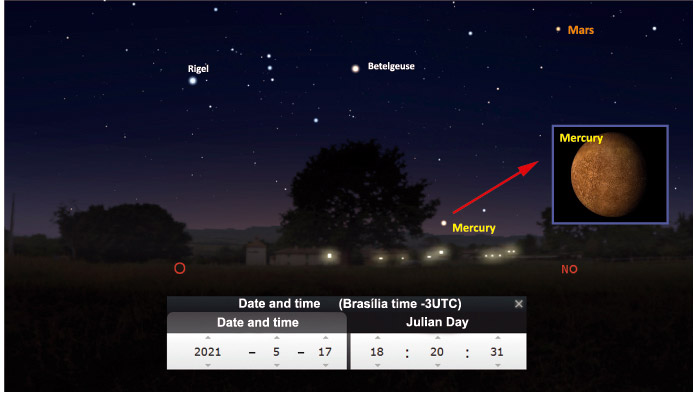
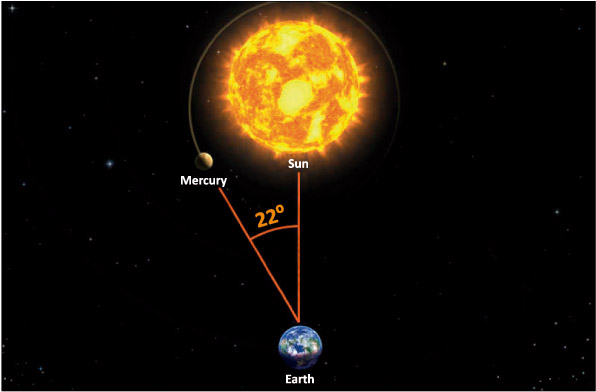
May 26
Super Moon and Total Lunar Eclipse
The only total lunar eclipse in 2021 will be on the night of May 26, just when the second Super Moon of the three consecutive ones will occur this year, which means that we will have a total Super Moon eclipse.
A total lunar eclipse occurs when there is a perfect alignment between the Sun, the Earth and the full Moon (due to the movement of their orbits) – exactly in that order – with our planet getting between the other two bodies, causing the Moon to be obscured by its shadow because it is located in the umbra region.
In the lunar eclipse, the shadow projected by the Earth has two parts: one called umbra – there is no direct illumination from the Sun – and another called penumbra – only part of the solar illumination is blocked.
The eclipsed moon will have a magnitude of 1.009 at the time of the total eclipse. The entire eclipse will last approximately 5 hours, but the Moon will be completely dark for only 15 minutes.
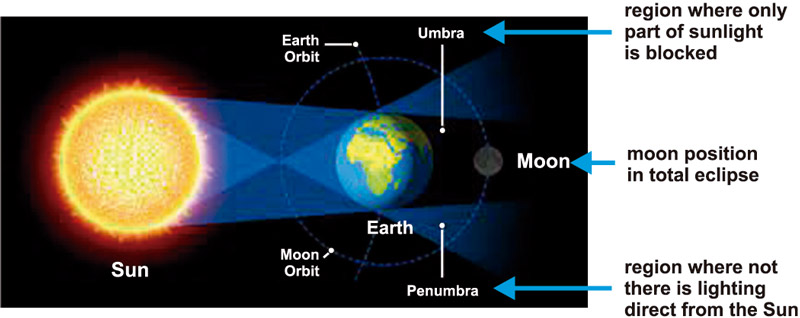
The Supermoon occurs when the Moon, in the full phase, is in perigee, its moment of closest approach to our planet – about 357,000 km – as a result of the variations in the distances that exist between them, Moon and Earth, since our planet is not precisely in the center of the lunar orbit, and the lunar orbit is an ellipse.
In this event the Moon will appear to have a diameter 7% larger than usual, and a brightness 30% more intense.
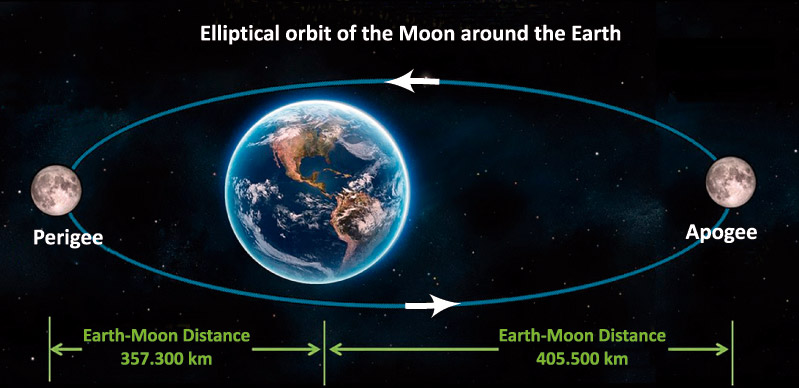
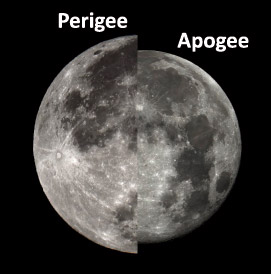
The simultaneous occurrence of these two astronomical events, total lunar eclipse and Supermoon, also results in another event popularly called the Blood Moon.
What happens is that the Moon does not disappear completely in the Earth’s shadow, even in the total eclipse, because the low frequency wavelengths of sunlight, such as red, reflect from the Earth’s atmosphere to our natural satellite, leaving it with a reddish color or orangey.
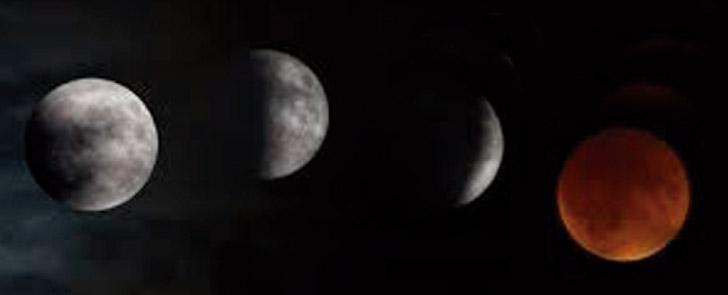
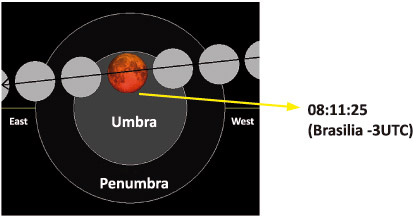
To observe the result of the union of these two phenomena, total lunar eclipse and Supermoon, it is necessary to be on the night side of the Earth in the area where the eclipse occurs and look at the sky in the eastern direction from 8:11 am (Brasília -3UTC). The maps below will guide you.
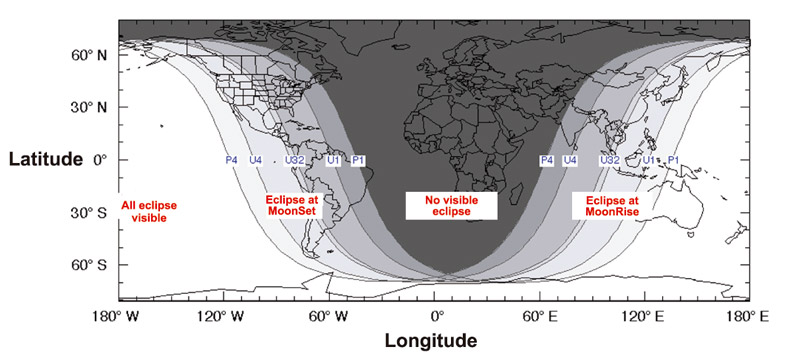
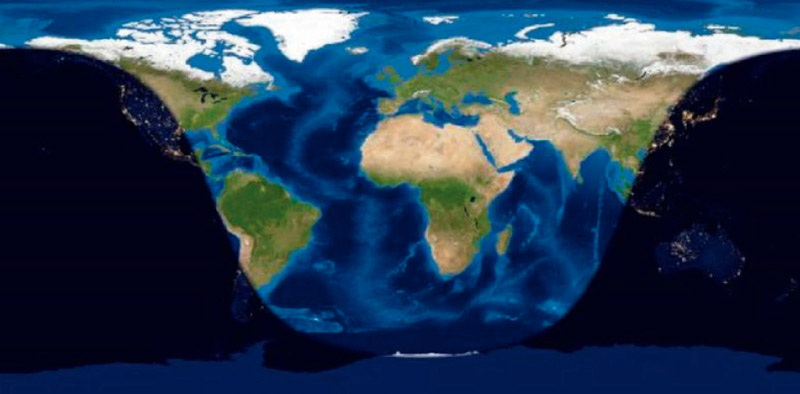
Sources: jpl.nasa.gov/calendar / solarsystem.nasa.gov / eclipse.gsfc.nasa.org / amsmeteor.org / IMO (International Meteor Organization / Stellarium.org / rmg.co.uk / astro.if.ufrgs / earthsky.org / space.com / timeanddate.com
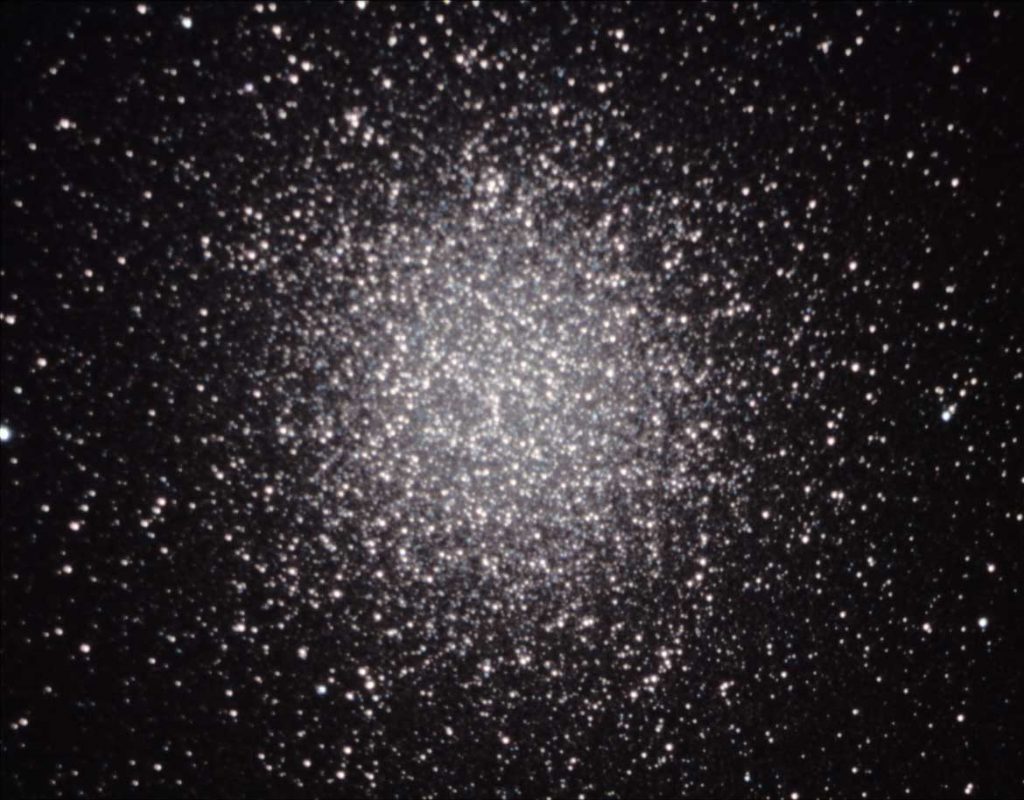
The ephemeris is a monthly calendar made by the Astronomy Sector, which is one of the 12 sectors that are part of the PRÓ-VIDA Laboratory Department.
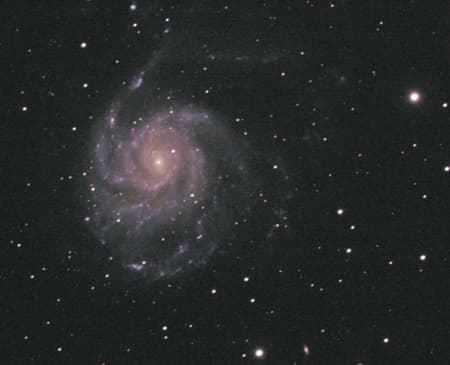
The ephemeris is a monthly calendar made by the Astronomy Sector, which is one of the 12 sectors that are part of the PRÓ-VIDA Laboratory Department.

